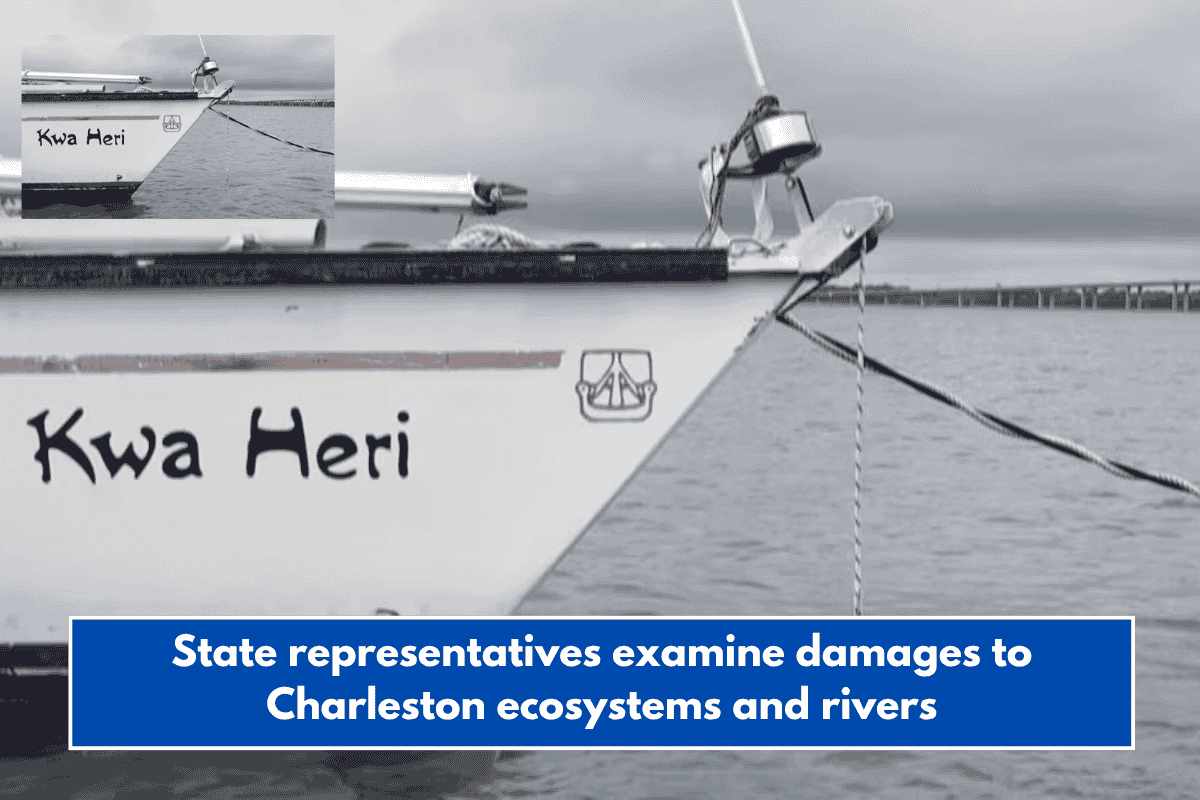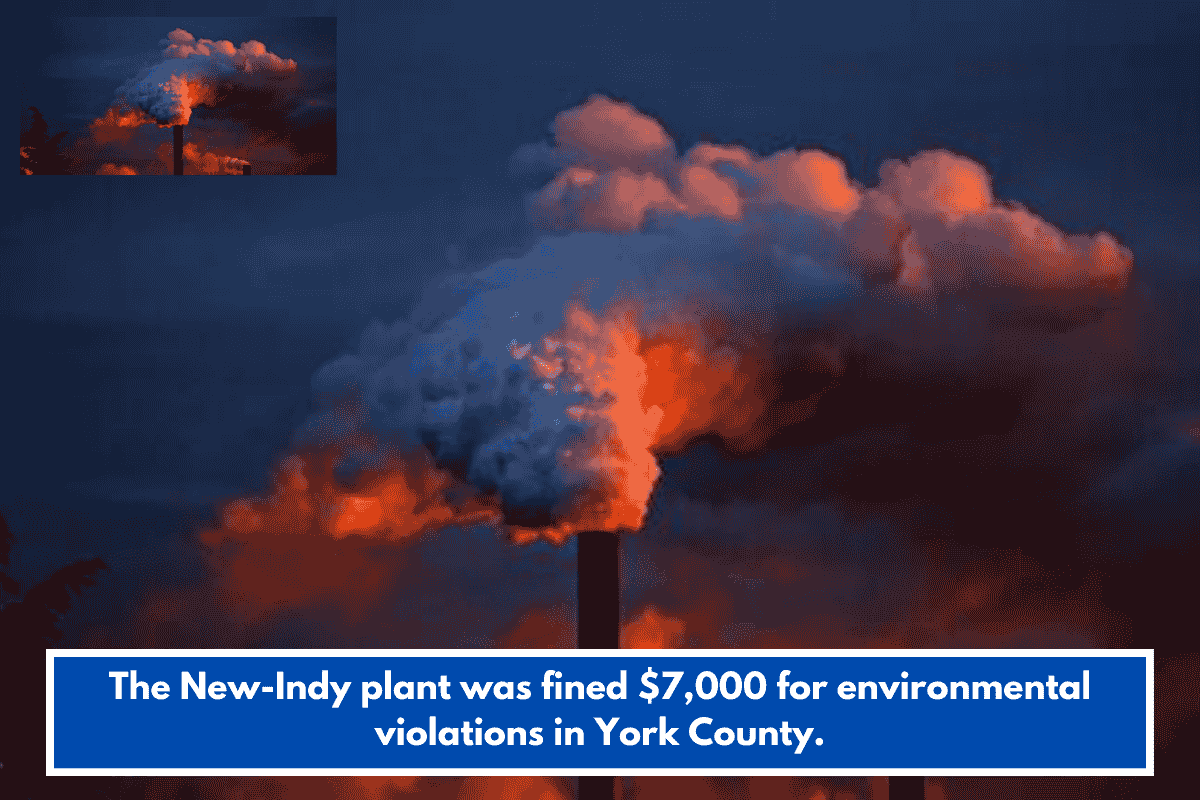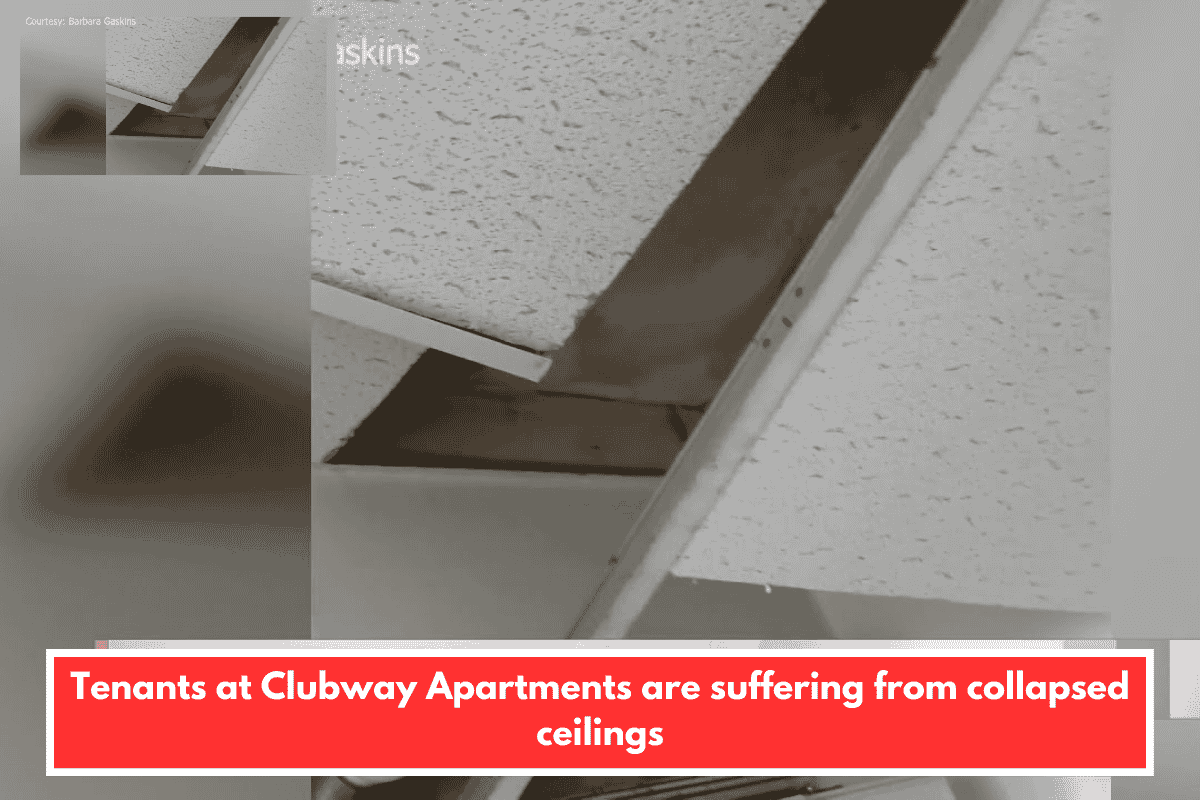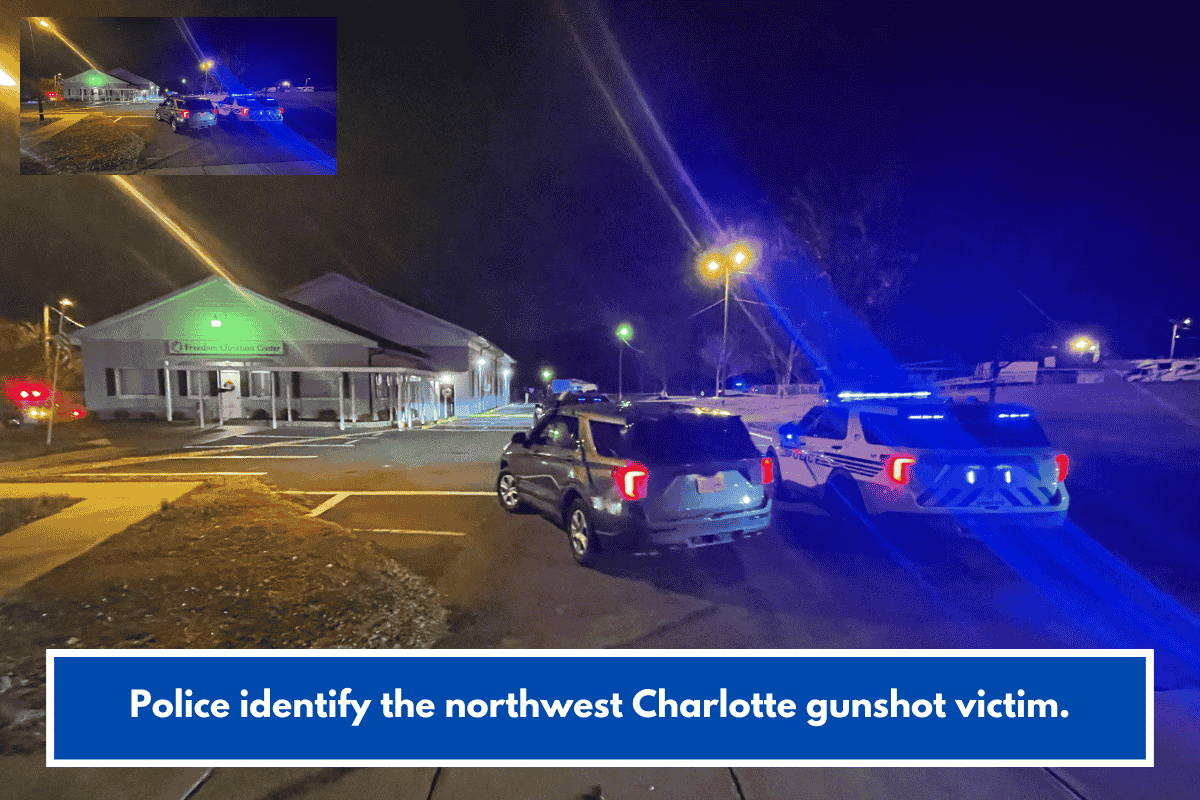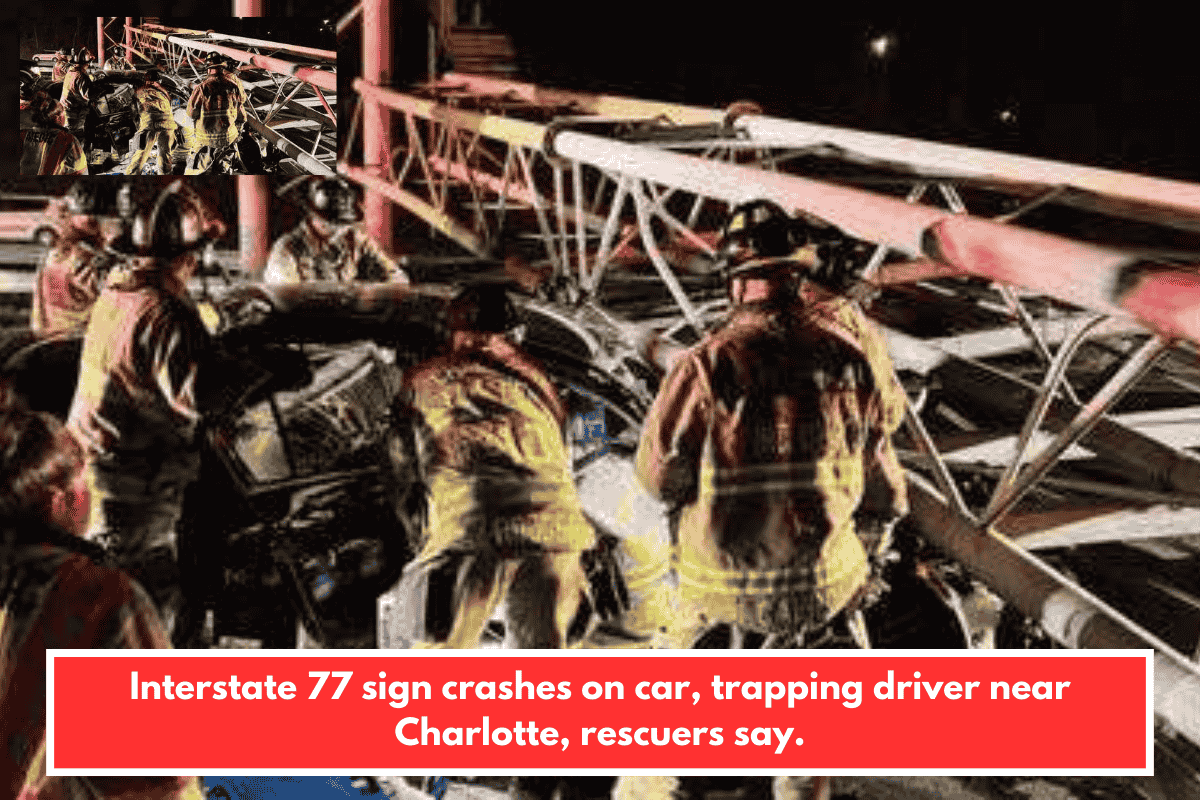Charleston, S.C. – Abandoned boats floating in Charleston’s waterways are becoming more than just an eyesore. Environmental experts and local leaders say these vessels pose a serious threat to both the local ecosystem and public health, especially as the problem continues to grow across South Carolina.
This week, the nonprofit Wounded Nature-Working Veterans teamed up with Charleston-area legislators and staff from congressional offices to highlight the growing issue. They conducted a boat tour around the Charleston Harbor to show firsthand the dangers of abandoned boats left to rot in the water.
Why Abandoned Boats Are a Big Problem
When boats are left unused and untended for years, they begin to break apart. Many are made from fiberglass, which deteriorates into tiny plastic-like strands known as microfibers. These microfibers seep into the water, directly affecting marine life and the health of the ecosystem.
Rudy Socha, CEO of Wounded Nature-Working Veterans, explained that a single 30-foot boat can weigh up to 9,000 pounds, with much of that made from fiberglass and debris. “Removing even one of these boats takes 9,000 pounds of harmful waste out of the water,” he said.
Some of the boats also contain hazardous materials, like chemicals and rotten wood, making restoration nearly impossible and creating further risk to water quality and sea life.
Impact on Seafood and Tourism
Socha pointed out a disturbing fact: “If you eat seafood, you don’t want shellfish that’s been eating fiberglass.” This concern is critical in Charleston, where fresh seafood plays a major role in the local food scene and economy.
State Rep. Tom Hartnett warned that if nothing is done, the issue will spread inland, affecting lakes like Moultrie, Marion, and eventually Lake Murray and Upstate waters. “This is not just Charleston’s problem anymore,” Hartnett said.
He added that tourists who come to enjoy Charleston’s scenic waterways and food are also key to the state’s economy — an economy that could suffer if South Carolina becomes known for contaminated seafood or polluted waters.
What’s Being Done
Currently, organizations like Wounded Nature rely on donations and volunteer support to remove derelict boats, as there is little to no government funding available for cleanup.
That’s why Hartnett and Socha are pushing for state-level support. One major proposal is Bill 3771, sponsored by Hartnett, which would require boats anchored in waters for over 14 days to have marine recovery insurance. This would help prevent the issue of boats being abandoned without consequences. The bill is now under review by the Committee on Labor, Commerce, and Industry.
Additionally, recent legislation by Senator George Campsen has strengthened the authority of the South Carolina Department of Natural Resources (SCDNR), giving them more power to address these problems directly.
Not Just a Coastal Concern
Many Upstate lawmakers assume abandoned boats are only a Lowcountry concern. But Socha and Hartnett argue otherwise.
“We’ve got about 3 million pounds of debris in our waters,” Socha said. “This will eventually affect the entire state — especially as more people bring in boats from out of state and anchor them without accountability.”
As Socha and his team push for more funding and stronger enforcement, they stress that protecting the water is about more than just beauty — it’s about food safety, public health, tourism, and the economy.
Abandoned boats in Charleston waters are a growing concern that could lead to serious consequences for the environment and the seafood industry. Efforts are now underway to increase funding, strengthen laws, and raise awareness to stop this issue before it spreads further across South Carolina. Lawmakers, environmentalists, and residents are being called to act — because clean water matters to everyone, not just those on the coast.

